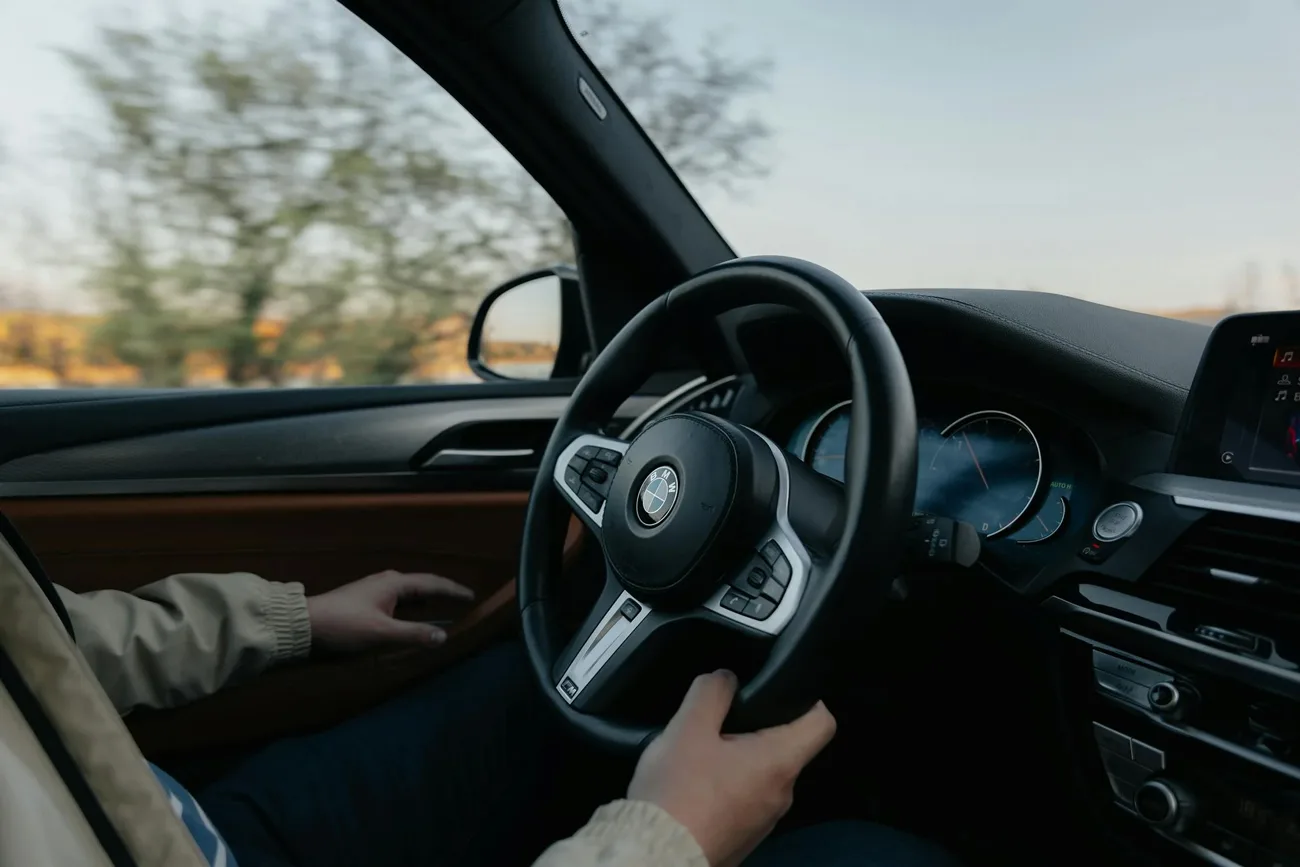4 minute read
When you’re buying a car, safety is likely at the top of your checklist, and while going the used route might save you a few bucks, the leaps forward in protective tech found on new models make them more than worth the extra outlay.
If you’re still in need of convincing, stick with us and we’ll expound the advantages of various new-fangled automotive safety technologies to bring you up to speed.
Automatic Emergency Braking
All sorts of cities have sky-high auto accident rates, and human error is a major factor in most of these cases.
For instance, Chicago and the state of Illinois as a whole saw almost 300,000 vehicle collisions in 2021, of which 20% resulted in injuries, and around 1% in deaths. Those involved need to seek the assistance of a car accident lawyer specializing in Chicago highway crash cases.
The idea behind automatic emergency braking (AEB) is to take human error out of the equation, offering up the following benefits:
- Proactive Collision Mitigation: This system actively monitors the road ahead and, if it detects an imminent collision, applies the brakes without driver intervention.
- Statistical Shield: Researchers at the University of Adelaide found that AEB can reduce rear-end collisions by up to 50%, and pedestrian deaths by up to 25%. Such a statistic underlines not just an improvement but a transformation in driving safety.
- Graded Responses: Diverse AEB systems offer tiered responses – from issuing warnings to engaging full braking – tailored to both speed and situational dynamics.
Blind-Spot Detection
While AEB systems deal with a lack of driver focus, blind-spot detection (BSD) is all about making up for the fact that there are some areas that people behind the wheel simply can’t observe.
Here’s what’s at play:
- Peripheral Protection: Vehicles equipped with Blind-Spot Detection (BSD) systems serve as an extra set of eyes where drivers are most vulnerable – the notorious blind spot. These sophisticated sensors monitor adjacent lanes for vehicles that may escape direct line of sight.
- Alert Assurance: When a vehicle enters the blind spot, the system signals the driver through visual or auditory alerts, mitigating the risk of lane-change collisions.
- Quantifiable Safety: According to the IIHS, BSD can decrease lane-change crashes by up to 14%, and injury-causing collisions by 23%.
Advanced Driver-Assistance Systems
We’re increasingly seeing car safety tech being controlled and monitored holistically, rather than leaving separate systems to operate independent of one another. This is where the term advanced driver-assistance systems (ADAS) comes into play, providing:
- Synergy in Safety: ADAS are the cumulative force of multiple safety technologies working together. These can include features like adaptive cruise control, lane keeping assist, and traffic sign recognition to create a comprehensive safety net.
- Driver Dialogue: ADAS doesn’t replace the driver but rather enhances their decision-making. Feedback mechanisms within these systems provide real-time information and corrective action to help maintain vehicle control.
- Next-Gen Automation: We’re seeing ADAS becoming crucial as part of the move towards fully autonomous cars. The latest breakthrough here comes from Mercedes-Benz, which recently revealed it had achieved conditionally automated driving approved for use on US roads. So while a Tesla might be faster than a Lambo, it can’t match a Merc for autonomy.
Wrapping Up
Until every car on the road can drive itself, there will still be the potential for collisions to occur. Until then, these safety systems will do their best to minimize the risks individual drivers face when they hit the highway. On the other hand, auto repair software products are continuously growing in demand.
And of course there’s still the responsibility that comes with getting behind the wheel, because you can’t take safety for granted, or assume that tech will step in to save the day every time.





